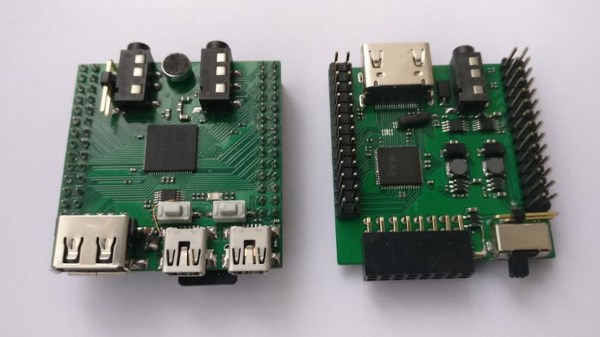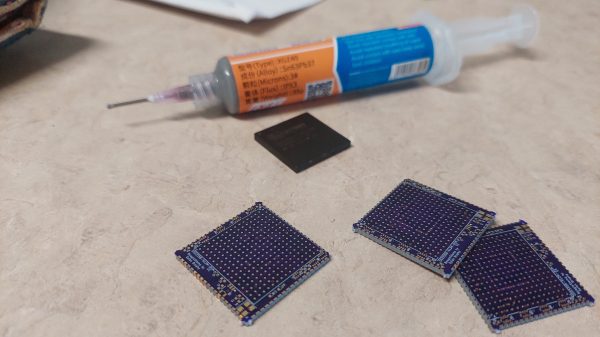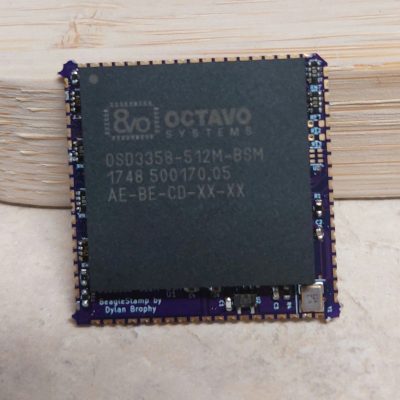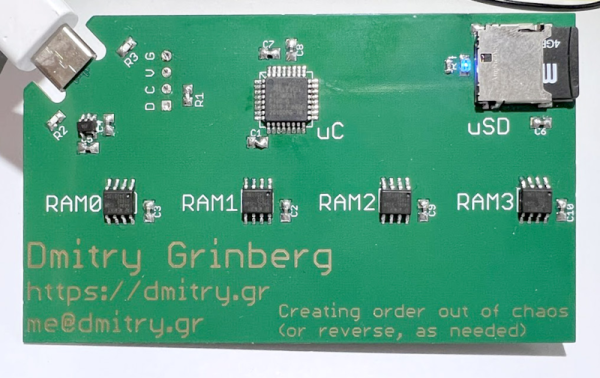Pour one out for yet another device conquered. This one’s a desk phone for conferences and whatnot, a colour display, a numpad, and a bog standard handset with a speaker and mic. Naturally, also running Linux. You know what to expect – [Parker Reed] has brought Doom to it, and you’d be surprised how playable it looks!
This is the second time a CaptionCall device has graced our pages running Doom — CaptionCall patched out the previous route, but with some firmware dumping and hashcat, root has been acquired once again. [Parker] has upgraded this impromptu gaming setup, too – now, all the buttons are mapped into Doom-compatible keyboard events coming from a single input device, thanks to a C program and an Xorg config snippet. Feel free to yoink for your own Doom adventures or just general CaptionCall hacking!
If you’re interested in the hacking journey, get into the exploitee.rs Discord server and follow the hack timeline from password recovery, start to finish, to Doom, to the state of affairs shown in the video. Now, as the CPU speeds have risen, should the hackerdom switch away from Doom as the go-to? Our community remains divided.
Continue reading “A CaptionCall Phone Succumbs To Doom, Again”



















